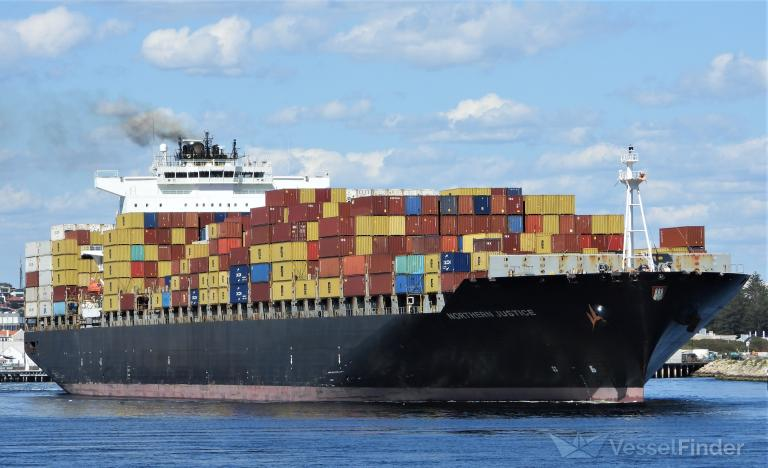5-PSC Data Search Tokyo MOU
5-A Comprehensive Analysis through PSC Data Search
Introduction:
An overview of the importance of Port State Control (PSC) inspections in ensuring maritime safety and compliance.
Briefly explain the role of PSC in conducting inspections on
ships entering foreign ports to verify their compliance with international
maritime regulations referring previous Modules and Kredo Modules.
Section 1:
Explain the significance of the International Maritime Organization (IMO)
number and ship name as unique identifiers for ships. Discuss how these
identifiers play a crucial role in tracking and analyzing PSC inspection data.
Section 2:
PSC Data Search Process Provide a step-by-step
guide on how to conduct a PSC data search using the IMO number and ship name on
relevant websites. Highlight the accessibility and transparency of such data,
emphasizing its importance for shipowners, maritime authorities, and other
stakeholders.
The Asia Pacific Computerized Information System (APCIS), the information system for the Memorandum of Understanding on Port State Control in the Asia Pacific Region (Tokyo MOU), is developed and hosted by the Asia Pacific Maritime Information and Advisory Services (APMIAS) under supervision of the Ministry of Transport of the Russian Federation.
The APCIS is aimed to collect Port State Control (PSC) inspection data from the Tokyo MOU member Authorities and to provide information exchange of PSC data within the region.
This public interface of the APCIS database is for displaying and publishing results of PSC inspections in a real-time mode. It should be understood that ship data (e.g. ship name, flag, company, etc.) displayed in the database, which are either based on information/data collected at the time of inspection or loaded periodically from IHS Maritime data, may not always reflect the status of the vessel on real time basis, Any request for correction/updating of ship data not directly related to PSC data should be made to IHS Markit.
The data obtained from this site should not be used for any commercial purposes, reproduced in any other sites or any publications without prior permission by the Tokyo MOU.
Ship Name: MSC JUSTICE VIII
Section 3:
Studying PSC Inspections Discuss the various
parameters available in the PSC data, such as inspection dates, locations, and
deficiencies found. Illustrate how this information can be used to gain
insights into the ship's compliance history, identifying trends, and potential
areas for improvement.
Section 4:
Port-wise Analysis Break down the PSC data into a
port-wise analysis. Explore how different ports may have varying inspection
standards and practices. Discuss any patterns or correlations between the
frequency of inspections and the severity of deficiencies found.
Section 5:
Deficiency Analysis and Detentions Delve into the
common deficiencies identified during PSC inspections and how they contribute
to detentions. Provide examples and case studies to illustrate specific
instances where deficiencies have led to detentions, emphasizing the importance
of addressing these issues promptly.
Please attempt the quiz in below link:





Comments
Post a Comment